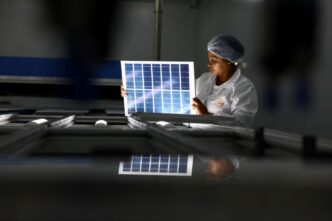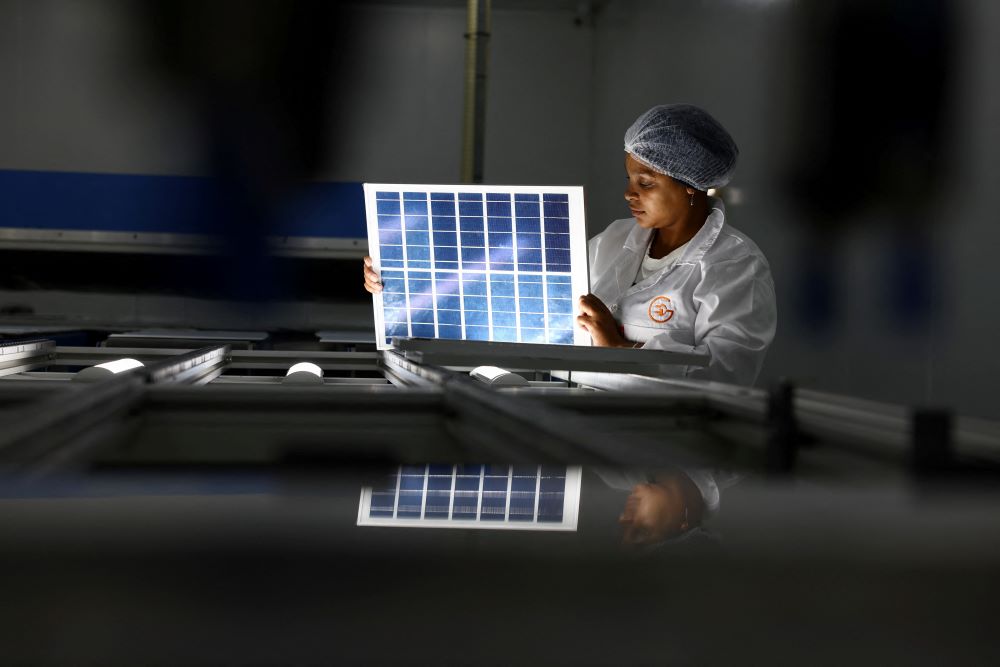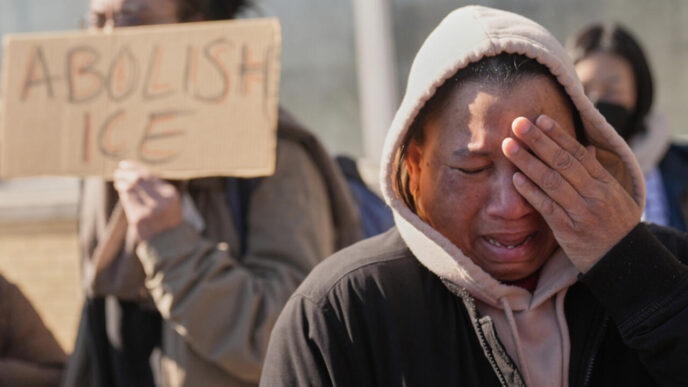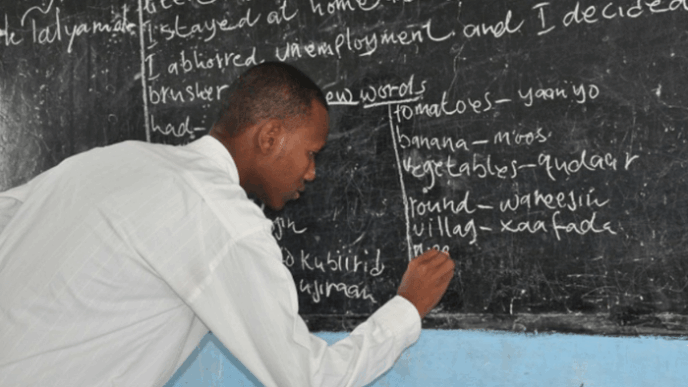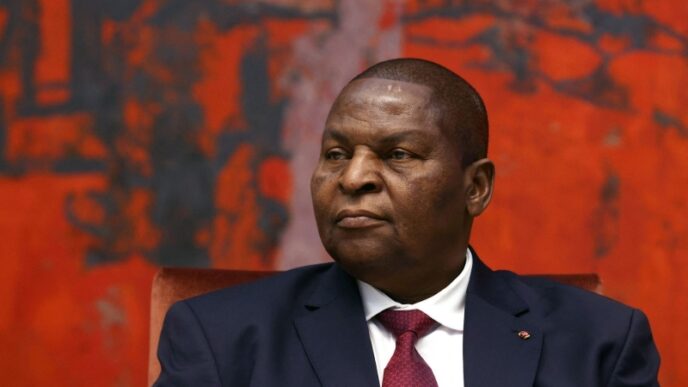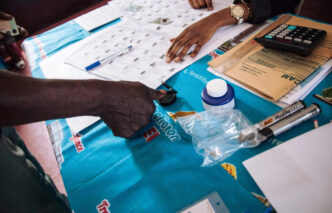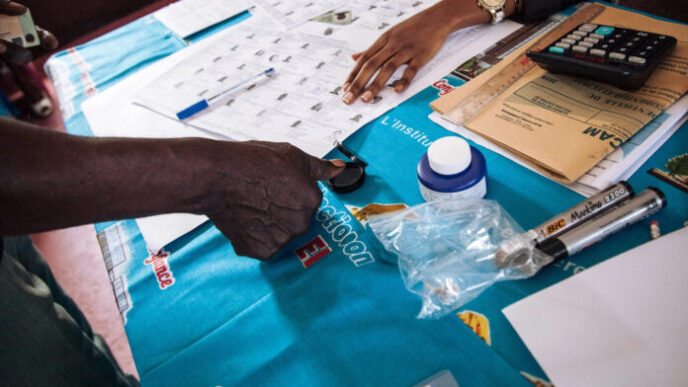Pay-as-you-store models and climate-backed finance are transforming Africa’s cold chain into an investable asset, shifting millions of tons of food from waste to the market.
Aisha used to throw away nearly half her tomatoes within three days. Heat, rough handling, and slow markets turned fresh fruit into waste. Today, she pays a small weekly fee for space in a solar-powered cold room two kilometres from her Vihiga market. The same produce now lasts three weeks.
“Before the cold room, I would wake up worried that half my tomatoes would rot before I found a buyer,” she said. “Now I can keep them for weeks, and that means I decide when to sell, not the heat.”
Her shift reflects a broader change in how farmers and traders manage perishable goods across Africa. Distributed, renewable-powered cold storage is turning refrigeration from a luxury into basic infrastructure that stabilises food systems and makes value chains investable.
“The fee is small, but the peace of mind is big,” Aisha said in a call. “Now every crate feels like it counts.”
In Africa, post-harvest losses have a significant impact on the economics of agriculture. The Food and Agriculture Organisation estimates that up to 40% of some fresh crops never make it from field to plate, with fruit and vegetables hit hardest.
The African Post-Harvest Losses Information System places the figure even higher, between 10 and 12%. The World Bank estimates that up to 40% of horticultural produce never reaches the market. Empower Africa calculates that only about 5% of fresh produce currently passes through a cold chain, contributing to losses of 30 to 50%.
Losses shrink when refrigeration enters the chain. Solar walk-in rooms are prefabricated, insulated units equipped with panels and hybrid backup systems. Operators add simple tools, such as crate-by-crate booking, SMS receipts, and remote monitoring, to guarantee uptime.

Business models vary. Some kiosks rent storage by the crate or by the day.
“For me, paying per crate makes sense,” Aisha said. “Some weeks I have a few baskets, other weeks more. I only pay for what I use.”
She added, “If I sell fast, I don’t pay. If I need more time, I add a small fee. That choice is everything for a small farmer like me.”
In Kenya, SokoFresh operates solar-powered cold storage on a service basis for over 7,000 farmers. In Nigeria, Baridi applies the same model in the meat trade, leasing space to local butcheries. Mid-sized players run subscription lockers for cooperatives and deploy cold trucks for aggregation. At the other end of the spectrum are palletised warehouses serving exporters and processors, combining bonded facilities with logistics.
“Cold rooms are revenue-generating assets with measurable climate benefits. That combination is why funds like ours are stepping in,” said Simon Enyadong, a regional investment lead at ColdBox, the startup renting cold storage in Aisha’s area.
Finance follows usage. Local operators are raising capital to scale product lines, while asset managers and climate funds are structuring debt to build larger warehouses.
One recent example is Koolboks, a Nigeria- and France-based company that raised US$11 million in Series A funding in September 2025. Founded in 2018, the startup has deployed more than 10,000 solar-powered freezers in 25 countries. It offers pay-as-you-go financing and IoT monitoring to retailers and clinics.
“The raise allows us to deepen our reach, build locally, and put power back in the hands of small businesses,” said CEO and co-founder Ayoola Dominic.
By localising assembly in Nigeria, Koolboks expects to cut end-user prices by up to 20 per cent, underscoring how cold storage is now seen as infrastructure tied to food, finance and climate resilience.
Kenya’s InspiraFarms has followed a similar trajectory, securing US$1.09 million in new investment in 2024 to expand its off-grid cold storage projects. Earlier funding allowed it to pilot cooling-as-a-service in Zambia, Zimbabwe and Ghana.
ColdHubs in Nigeria has built a network of solar walk-in rooms that now serve thousands of farmers and traders. According to its impact summary, the company saved millions of kilograms of produce from perishing in a single year.
In Uganda, an 8,000-pallet cold-storage warehouse is being built in Namanve Industrial Park, Kampala. The project is backed by a US$18 million facility from the Africa Go Green Fund and developed under the ARCH Cold Chain Solutions East Africa Fund.
It will serve agriculture, pharmaceuticals and retail and is projected to avoid more than 300,000 tonnes of greenhouse-gas emissions annually.
“This financing enables us to build a high-quality cold storage and logistics system,” said Suki Muia, a director at Cold Solutions Kazi and ARCH Investment.
Laurène Aigrain, Managing Director of AGG, added that the facility will enhance infrastructure and enable Uganda to manage food supplies and healthcare logistics on a year-round basis.
The regional market is expanding fast. Market Data Forecast projects the Middle East and Africa cold chain market will grow from US$23.8 billion in 2022 to US$35.1 billion by 2028. Meanwhile, local companies building solar fridges and modular cold-room components are shortening lead times, creating jobs and reducing costs.
By making assembly local, they improve maintenance and cut ownership costs for small operators. Across the board, the model is reshaping incentives, resulting in less waste for farmers, longer shelf life for traders, and new revenue streams for investors.
“We can feed one billion more people globally if we solve post-harvest losses,” according to Owusu Akoto, CEO of FreezeLink, during the Africa Food Bank Conference.
“By increasing the shelf life of products and preventing food waste, Africa can not only fight food insecurity but also open new markets for exports,” added Rwandese entrepreneur Rob Nashihanya.
And for Aisha in Vihiga, the impact is immediate.
“It’s not just tomatoes anymore,” she said. “It’s knowing I won’t go home empty-handed.”
Credit: Bonface Orucho, Bird Story Agency


 Trending
Trending 
